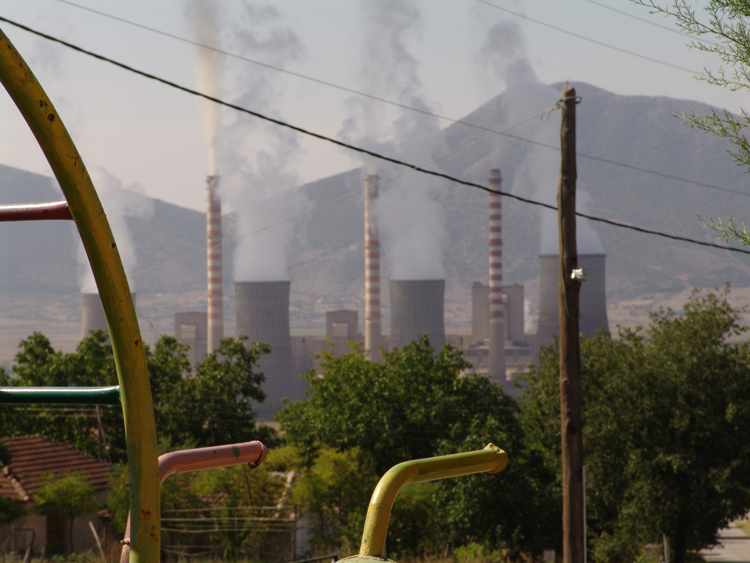King lignite must die
The Greek energy mix is dominated by lignite, which accounts for about 50% of power generation, followed by natural gas at 25% and renewable sources and hydroelectrics at 13% (2012 data). The remaining share comes either from generation in the non-interconnected system or imports from neighboring countries.

© WWF Greece
The guidelines that Greece must follow should be in line with the European Union framework, which has adopted a primary target of 80–95% reduction in emissions (in relation to the reference year 1990) by 2050.
Through Law 3851/2010, our country has already set the goal of a 20% participation of renewable energy sources in final energy consumption by 2020, specifying a 40% penetration in power generation.
Still, Greece’s dependence on lignite remains extensive, while pressure for the establishment of new lignite units by the Public Power Corporation (PPC) and private power generation enterprises is intensified. The PPC Shareholders’ General Assembly has already approved the signing of a contract for the construction of a new 660 MW unit in the lignite center of Ptolemaida, and another unit is expected to start operating in Meliti in 2021.
Our position is non-negotiable
We have substantiated that it is possible for Greece to cover its energy needs while gradually breaking free from its dependence on lignite. We have also demonstrated that hard coal and nuclear energy are not necessary for meeting our needs.
Once again political will is key to the final decision-making, but we are hopeful that, with everyone’s help, we will manage to clean up our country’s energy sector.
Share this



